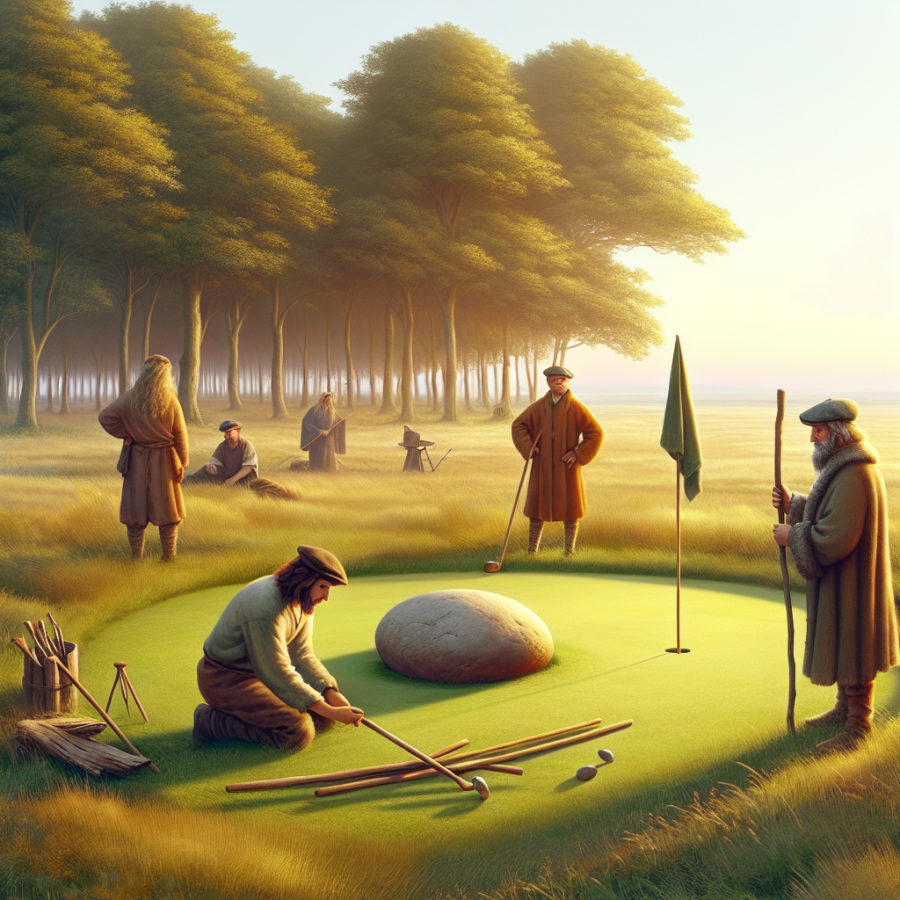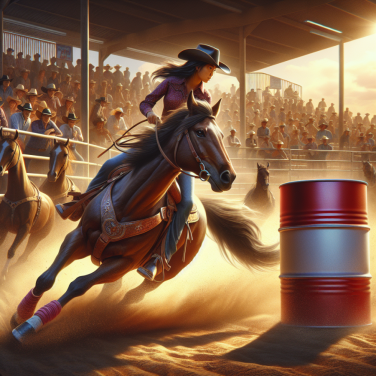Tracing the First Strokes: The Early History of Golf
The history of golf is steeped in intrigue and debate, with early references of games involving clubs and balls tracing back to Roman times and beyond. Yet, the modern game we now know as golf has its earliest origins in the windy lands of Scotland, dating back to the 15th century.
The first documented mention of golf in Scotland dates back to a 1457 Act of the Scottish Parliament, where it was condemned as an unwelcome distraction to archery practice. In these early iterations, golf was not the well-structured game it is today. It was usually played on natural parkland, with courses carved out of the terrain and incorporating natural obstacles. Even the number of holes varied considerably.
The early golf balls were made of feathers tightly packed within a leather cover, known as ‘featheries.’ Though undoubtedly tough to play with given their limited distance coverage and high cost, featheries were the standard for golfers throughout much of the 17th and 18th centuries.
It wasn’t until 1848 when the first ‘Gutta Percha’ balls or ‘gutties’ were introduced, drastically changing the way golf was played. These balls were made from the sap of the Gutta tree, which could be heated and molded into shape. They were more durable, affordable, and could be played much further than the featheries.
In the 16th century, golf experienced its first surge of popularity amidst the royal ranks. King James IV of Scotland, who initially banned the game, became fond of the sport and had his set of golf clubs from Perth. However, it was Mary, Queen of Scots, who first demonstrated the game's political significance. She played golf after her husband's death in 1567, indirectly leading to the term 'caddie ’ which originated from her French military cadets who carried her clubs.
By the 19th century, golf began to take on a form more familiar to the modern player. In 1860, the first British Open was held at Prestwick Golf Club in Scotland, thereby marking the beginning of competitive golf tournaments. The standardized 18-hole game we know today, however, was not established until 1764, at the iconic St Andrews Old Course.
The evolution of golf clubs also marked significant milestones in the game’s history. Until the late 19th century, most golf clubs were long-nosed wooden clubs crafted primarily from apple, pear, or holly trees.
Read also:
1. Tackling Barriers: The Rise of Wheelchair Rugby
Digging Deeper: The Cultural and Historical Roots of Golf
Golf, the ancient and highly-regarded sport often associated with a certain class and sophistication, has deep roots that can almost seem elusive for those who attempt to trace them. While the exact origins of the sport are difficult to pin down, historians agree that its development has been influenced by various cultures and time periods.
It is commonly believed that golf originated in Scotland, around the mid-15th century. King James II banned the sport in 1457, deeming it a distraction from archery which was considered more vital for wartime. However, from these hard stances evolved a love for golf that eventually saw the game recognized as a national pastime in Scotland.
While the Scots are often credited for the formal establishment of the game we now know as golf, variants of such games were played long back in history. As early as the Song Dynasty in China, between the 10th and 13th centuries, there’s evidence of similar games where players used clubs to hit balls into holes.
The Romans too had their own version known as 'paganica', wherein they used a bent stick to hit a stuffed leather ball. Tracing back to the late 13th and 14th centuries, the Dutch introduced a game called 'colf' or 'kolf', which entailed players hitting a leather ball with a club towards a target, usually a stick or a designated point.
Transitioning back to Scotland in the 18th and 19th centuries, we find the formation of golf clubs and the establishment of some of the first formal golf courses. The rules of golf, including the specifics of the golf course itself, started to become more codified, leading to the game we recognize today.
The historical development of golf signifies its deep association with social status and power. Royalty such as Mary, Queen of Scots were known to play golf. It wasn't until the 16th century that the game became accessible to all classes of society, owing to an increased leisure time among the working class and the development of the gutty, an affordable golf ball made of solid gutta-percha.
The cultural implications of golf are significant as well. The social aspect of the game played a large role in its rise to popularity. Golf's inclusion in the list of gentlemanship games demonstrates the emphasis it has often placed on etiquette and sportsmanship, aspects ingrained in the culture of the sport even today.




